10 Top Projects in LEED’s Leading States
A roundup of outstanding developments in the states that earned USGBC’s highest ratings in 2020.
The buildings we live and work in are accountable for a big part of the carbon footprint, with roughly 40 percent of annual greenhouse gas emissions deriving from the built environment. Property owners and developers are collaborating to lower energy consumption, and, implicitly, GHG emissions, by applying various methods and benchmarking tools.
Last month, the U.S. Green Building Council released its annual top states for LEED certification based on gross square feet of certified space per person. Office, education and health-care projects accounted for the bulk of the certifications, while warehouses, distribution centers, multifamily and retail projects made up about 20 percent of 2020’s LEED awards. The findings show a decline in the number of projects that received certification, but also reflect an increased commitment to sustainability, as almost half of the participants were certified to the Gold level.
On the list below, we highlight some of the most notable projects across the states that earned top positions in USGBC’s LEED ranking.
1. Massachusetts: MGM Springfield – LEED Platinum
In 2020, 76 projects received some level of LEED certification throughout Massachusetts, amounting to 19 million square feet of space, or 2.9 per capita. In 2019, the state occupied just the fourth position on the list.
The 700,000-square-foot, $950 million multiuse MGM Springfield marks the largest lodging project in the U.S. to certify to the highest LEED level in 2020 and the largest LEED project overall in the state in 2020. MGM Resorts International’s asset opened in the summer of 2018, on a site previously impacted by a tornado. During construction, developers managed to divert more than 95 percent, by weight, of construction and demolition waste from landfills. Moreover, interior finishes used products with low or no volatile organic chemicals from manufacturers that disclose information about the ingredients.
READ ALSO: Top 5 LEED Platinum-Certified Buildings in the US
The development features an integrated smart energy infrastructure and submeters that help monitor and control its electrical and mechanical systems. Moreover, it feeds off a 1.1-megawatt solar canopy located on the eighth floor, atop the garage, which is anticipated to generate more than 1,600 megawatt-hours of electricity. In addition, MGM Springfield Resort is served by a 450-kilowatt microturbine, combined heat and power centra plant. The solar array is estimated to reduce the property’s annual carbon footprint by approximately 410 metric tons of carbon dioxide equivalent.
The resort has 50 electric vehicle charging stations and 140 low-emitting fuel-efficient vehicle parking spaces. Developers also created a rainwater harvesting system coupled with an underground cistern to capture, store and treat rainwater on-site, which is then used to irrigate the landscape.
2. Washington: HopeWorks Station Phase Two – LEED Platinum
Washington state had 74 projects awarded LEED certification in 2020, for a total of nearly 19 million square feet, or 2.8 per capita. The state marked an exceptional performance, considering that in 2019 it was not included in USGBC’s ranking.
HopeWorks Station, awarded LEED Platinum in June last year, is a housing and workforce training development project for the formerly homeless, located in an Opportunity Zone at 3315 Broadway in Everett. It consists of 65 affordable multifamily units, job training facilities, a café, teaching kitchens and an event space.
Solar panels installed on-site produce 105 percent of the capacity needed to power the residential component and energy consumption throughout the campus, which is monitored by a multitude of sensors. The property is equipped with energy-efficient heating and ventilation, LED light fixtures, Energy Star-rated appliances, energy-efficient water systems, triple-pane windows and extra wall insulation. HopeWorks Station also has electric vehicle charging stations, 89 bicycle parking spaces and two bicycle repair stations. In addition to the LEED Platinum award, the project is targeting net-positive energy status.
3. Illinois: McDonald’s Flagship – LEED Platinum
Nearly 34 million square feet in 94 projects, or 2.6 per capita, received LEED certifications in Illinois in 2020. In 2019, the state occupied the second position with 121 projects awarded LEED, totaling more than 49 million square feet of space, or nearly 3.9 per capita.
McDonald’s new flagship location in Chicago, designed by Ross Barney Architects, replaces the former Rock ’n’ Roll McDonald’s. The local architects redesigned the space with sustainability in mind—they used steel, glass and cross-laminated timber and reused nearly 65 percent of the materials in the existing building while diverting 98.9 percent of waste during construction. Moreover, 92 percent of the open site area consists of permeable pavers and native and adaptive landscaping, which helps reduce stormwater runoff. Overall, biodiversity is increased as the landscaped area has more than 10,500 plants including more than 35 species of plants, trees, fruits and vegetables.
READ ALSO: Timber: A Catalyst for Innovation
The facility features a solar pergola comprising 1,062 south-facing panels that generate about 59 percent of the building’s overall electrical energy needs while providing shading. Two green roofs cover 14 percent of the total roof area and can hold more than 7,000 gallons of stormwater. Underground, a 65,000-gallon storage tank collects rainwater and slowly releases it into the city’s system.
4. Colorado: NREL Research Support Facility II – LEED Zero Energy
Colorado had 64 projects certified LEED last year, totaling nearly 12 million square feet, or 2.4 per capita. The state dropped two positions from 2019 when it ranked second with 109 projects certified, almost 4.8 square feet per capita.
The National Renewable Energy Laboratory, built a decade ago, made news from the beginning, boasting what was at that time the world’s largest net-zero energy building—the Research Support Facility. Now the 360,000-square-foot property has surpassed the status as one of the largest zero-energy, LEED Platinum-certified commercial buildings in the world and was validated through Zero-Energy LEED certification.
The building is positioned on the north/south axis, which helps support daylighting and minimizes heat losses and gains. The materials used in development contain recycled elements, rapidly renewable products and regional products. The facility is equipped with triple-glazed, operable windows, which supports cooling the building passively. A 2.5-MW rooftop photovoltaic system placed atop the building and on nearby parking lots generates the energy needed to offset the building’s energy use on an annual basis. Moreover, the issue of water conservation is solved through the usage of native drought-tolerant vegetation and a detention pond to manage stormwater.
5. New York: 388 Greenwich Street – LEED Platinum
With 108 projects certified LEED in 2020, encompassing more than 44 million square feet, or 2.3 per capita, New York slid two ranks from the third position it held in 2019. That year, it had 193 projects awarded LEED across nearly 73 million square feet, or 3.8 per capita.
The 2.2 million-square-foot skyscraper has stood 39 stories tall at 388 Greenwich St. since 1988. A substantial renovation process conducted by Skidmore, Owings & Merrill and Tishman Construction Corp., completed in 2018, has improved the property inside and out. It now features co-generation, smart lighting, improved air quality and enhanced water conservation. The exterior has been upgraded and a new façade covered in reflective glass panels flows onto the adjacent nine-story building, smoothing the transition between the two structures.
The tower serves as headquarters for Citigroup, which reacquired it in 2016. A year later, the company announced its commitment to NYC’s Carbon Challenge, the initiative that targets GHG emissions reductions by 30 percent in 10 years.
6. Maryland: The Universities at Shady Grove BSE – LEED Platinum
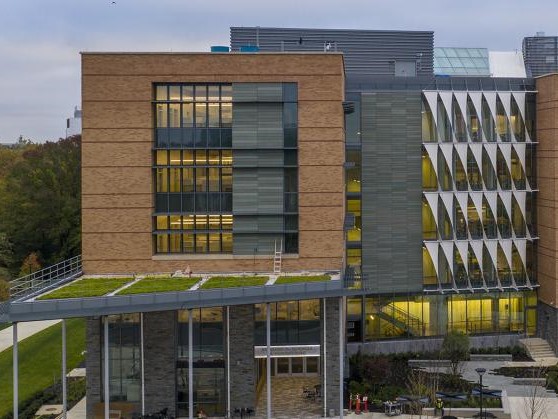
The Universities at Shady Grove Biomedical Sciences and Engineering education facility. Image courtesy of The Universities at Shady Grove
Maryland had 88 projects certified LEED in 2020, amounting to nearly 13 million square feet, or 2.2 per capita. The state maintained its ranking from the prior year when it counted 96 projects totaling 15 million square feet, or 2.6 per capita.
The $175 million Biomedical Sciences and Engineering education facility at The Universities at Shady Grove is a 220,000-square-foot building that was designed to achieve LEED Platinum certification. Open space makes up 43 percent of the total site area and native planting is emphasized throughout the campus. The building was built on a parking lot to conserve greenfields and bioswales naturally filter surface water. All the water that falls on the roof is harvested—greywater is collected to flush toilets and rainwater is used for irrigation. Low-flow fixtures help conserve water.
The project, built with easily accessible recycling areas, recycled more than 95 percent of construction waste. About 20 percent of construction materials were locally sourced. Interior finishes were inspired by biophilic design using natural colors, textures and shapes with a living green wall improving indoor air quality that’s already controlled via high-efficiency air filters. About 87 percent of occupied spaces have exterior views and natural ventilation is enabled.
The facility is expected to use 36 percent less energy than a typical lab building. Energy conservation measures include two-pipe active chilled beams, high-efficiency chillers, LED lighting, on-site solar panels, occupancy sensors, passive solar shading and commissioning of building systems.
7. California: Sacramento Valley Station – LEED Platinum
Well-known for its sustained interest in sustainability and energy efficiency, California climbed three positions last year, with 417 projects certified, totaling nearly 79 million square feet, or 2.1 per capita. In 2019, 400 projects amounting to 81 million square feet, or 2.2 per capita, received a level of LEED certification.
ZGF Architects and Page & Turnbull led renovations at the Sacramento Valley Station—a City Public Works facility—while preserving its historic aspect. Built in 1926, the station was originally designed by San Francisco architecture firm Bliss & Faville for the Southern Pacific Railroad, flaunting a Mediterranean Renaissance Revival style.
READ ALSO: Green Building: Beyond the Environment, Operational Savings
The latest renovation targeted the facility’s energy performance and water efficiency, and developers restored the original fabric including the façade, roof, masonry and decorative treatments. The grand waiting room was also restored, including the historic John A. MacQuarrie mural depicting the celebration of the groundbreaking of the first transcontinental railroad. Analyzing the flow of Amtrak passengers, the ticket counter was repositioned, and a new baggage claim and storage building was added behind the station.
8. Virginia: The Boro Block A – LEED Silver
The state counted 94 projects certified by USGBC in 2020, for a total of more than 16 million square feet, or nearly 2.1 per capita. In 2019, Virginia ranked seventh with 98 projects and 20 million square feet of certified space, or 2.5 per capita.
The Boro Block A is a 905,032-square-foot, three-tower residential development located in Tysons. Placed on a podium that functions as a parking area, the property is served by an interior loading dock and about 90,000 square feet of retail at grade. It shares stormwater management structures, underground parking and bicycle facilities with the adjacent Boro Block B3, certified as a separate project.
The entire Boro development was designed to create a pedestrian-oriented streetscape and sustain alternative transportation practices, to reduce the heat island effect and to meet the stringent stormwater management requirements of the area. Specifically, the project achieved a 26 percent reduction in site stormwater runoff from predevelopment conditions and diverted more than 94 percent of construction waste from landfill to recycling waste systems.
Block A’s building systems and envelope design scored 24 percent energy cost savings over an ASHRAE 90.1-2007 baseline, while water reduction increased by 35 percent over the Energy Policy Act of 2005 baseline, thanks to high-efficiency plumbing fixtures. In Addition, Boro Block A offset 70 percent of all site energy usage over a two-year period by acquiring renewable energy certificates.
9. Texas: Lord Green Building – LEED Platinum
The great absentee from USGBC’s 2019 top awards, Texas made a reentry in 2020, with nearly 42 million square feet of LEED-awarded space across 139 projects, or 1.7 per capita.
The 6,663-square-foot office that serves as headquarters to LORD Green Real Estate Strategies holds a LEED Platinum award, BREEAM USA-In Use and Energy Star labels. Built in 1959, the development has seen its fair share of renovations, most recently under LORD Green Strategies’ ownership, which acquired it in 2017. The property now features an LED system, a weather-based irrigation controller and secure bicycle storage. Water is conserved through a smart irrigation controller and through efficient plumbing fixtures, and a waste management program recycles consumables made of metal, paper, plastics and glass, electronics and batteries. In addition, organic material is locally composted.
Additional sustainable features include proximity to public transport, operable windows, landscaping with native plants and shade trees, an outdoor space area for employees and a dog park with turfgrass.
READ ALSO: Top 10 LEED-Certified Buildings in Texas in 2020
10. Nevada: Levi’s Distribution Center – LEED Platinum
Nevada joined the ranks of LEED-focused states with 3.6 million square feet of certified LEED space across 14 projects, or 1.3 per capita.
Last December, LS&Co’s Sky Harbor distribution center in Henderson received the LEED Platinum certification, initially awarded in 2016. Features that earned it the highly acclaimed designation included installing a highly reflective white roof, switching to LED lighting and using motion sensor lights. Recycling and composting divert more than 90 percent of its waste from landfills and the custodial staff uses green cleaning supplies.
In addition to the low-flow fixtures that save more than 85,856 gallons of water every year, the property’s landscape has been restored to the natural desert environment through xeriscaping. This not only boosts the beauty of the facility but also saves more than 2.6 million gallons of water annually.

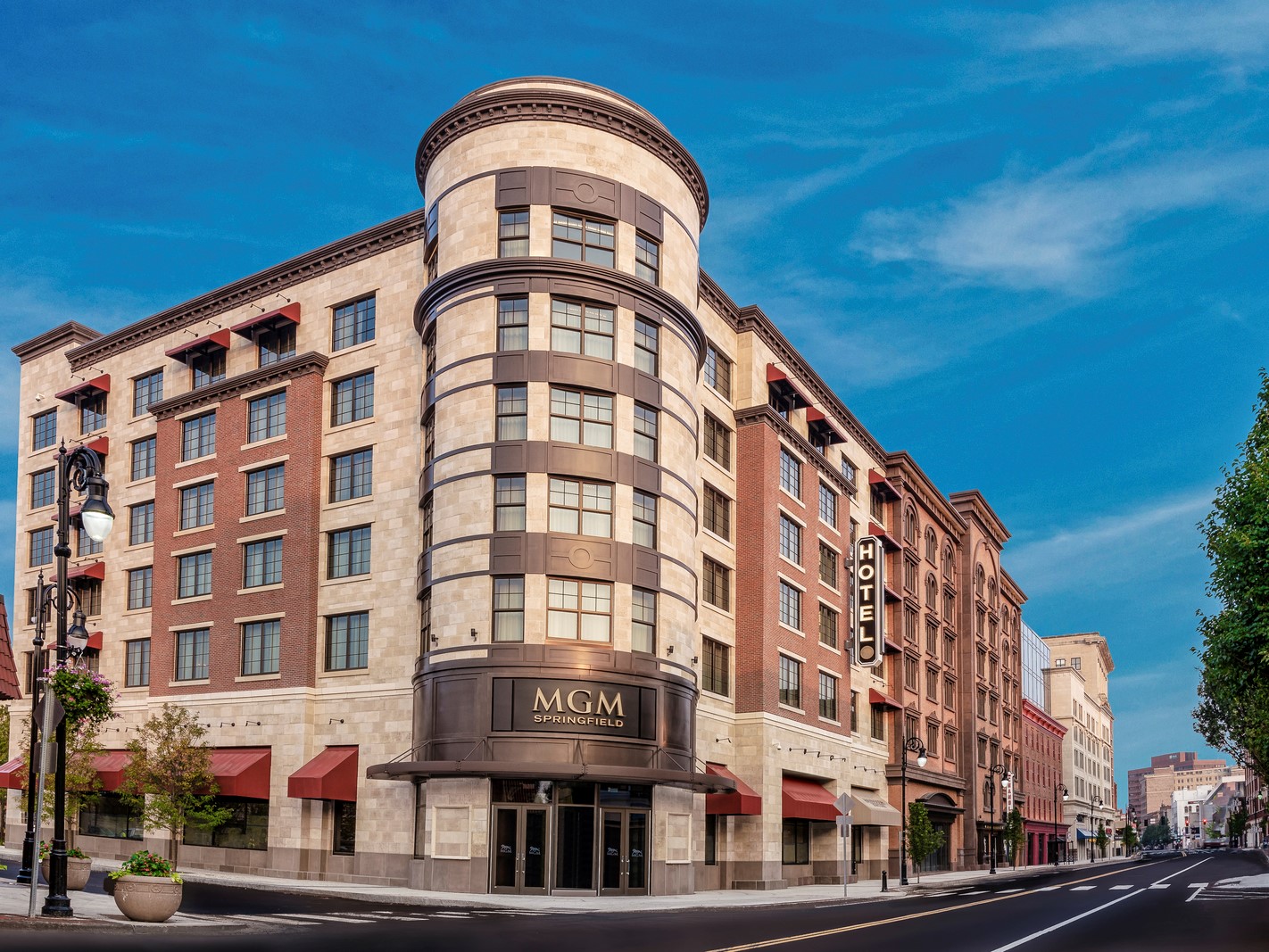
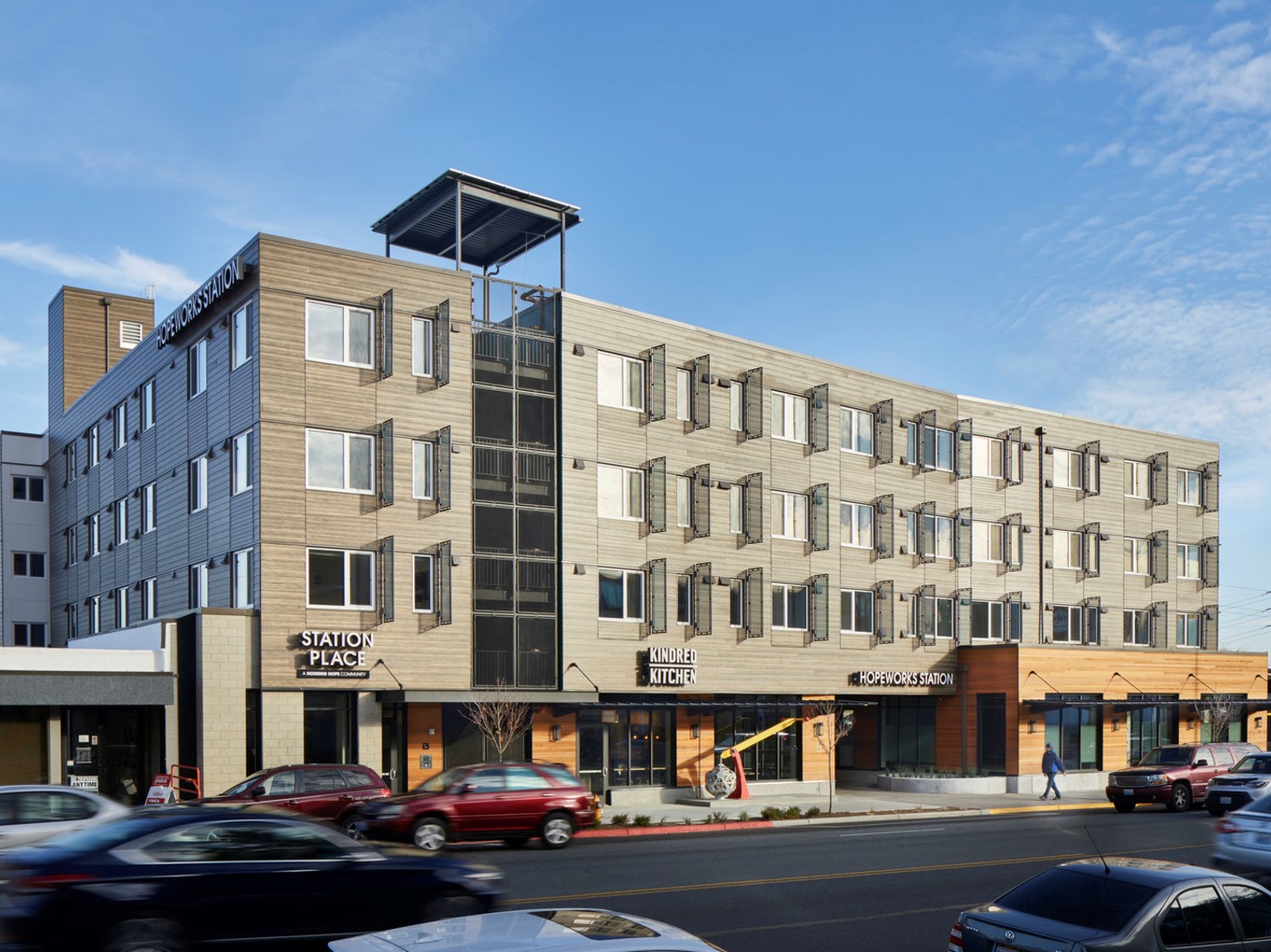
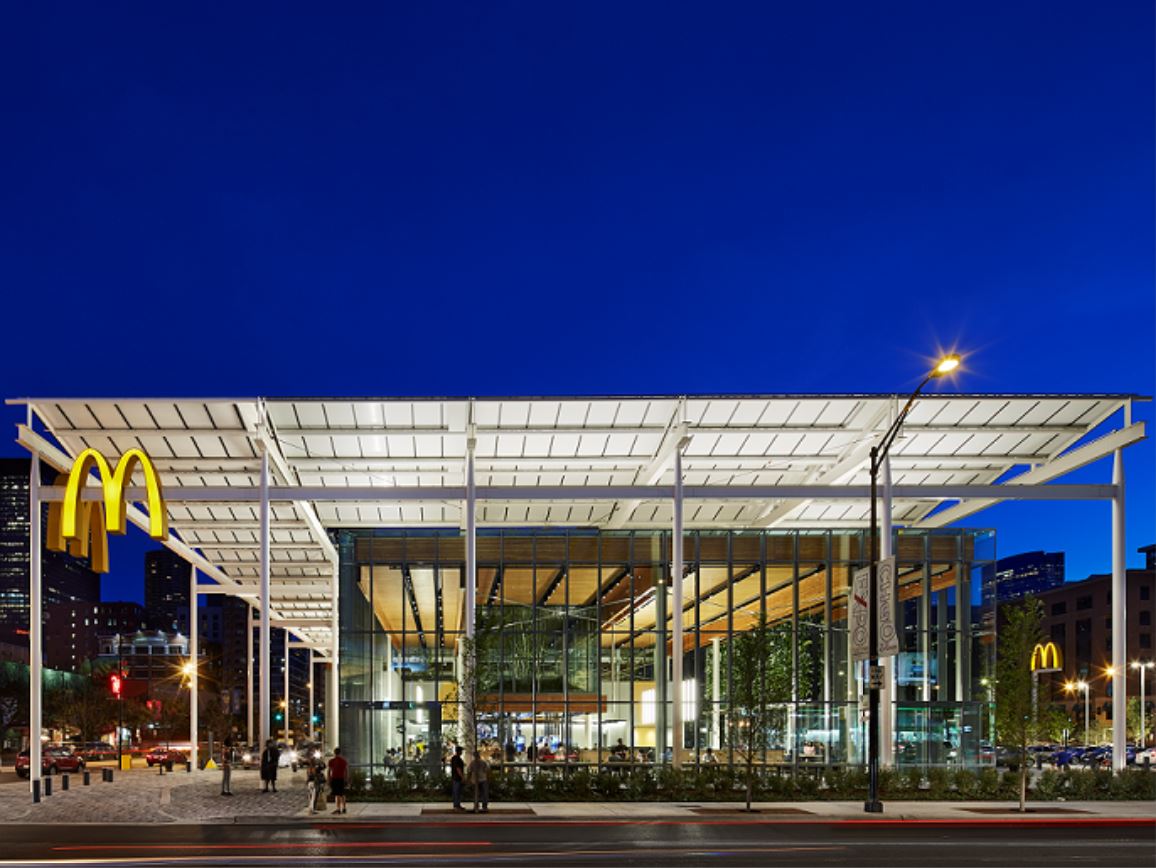
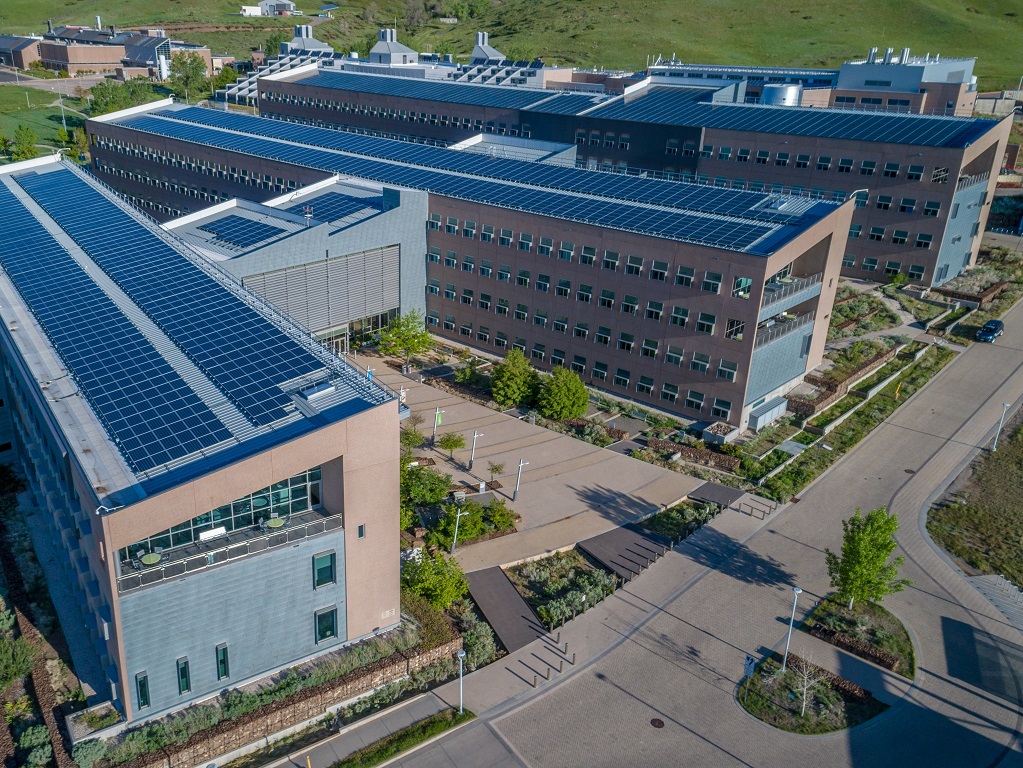
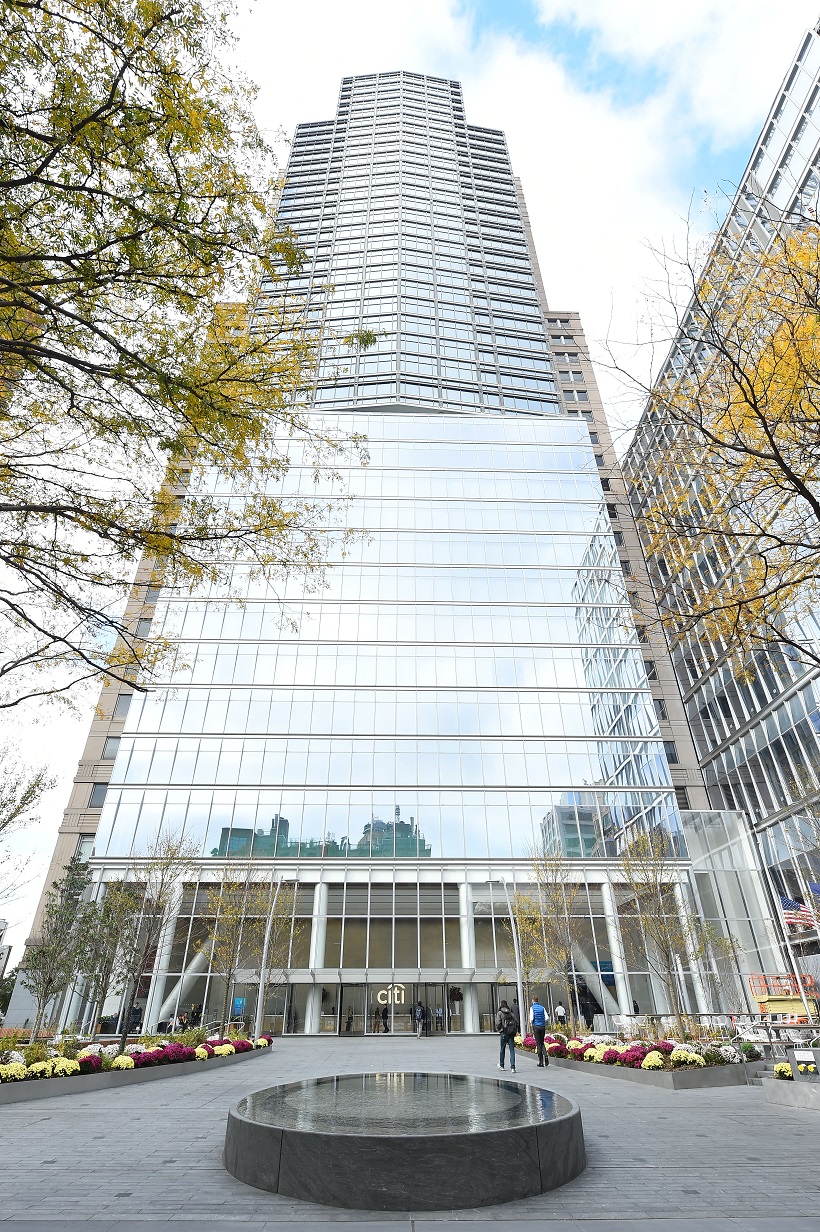
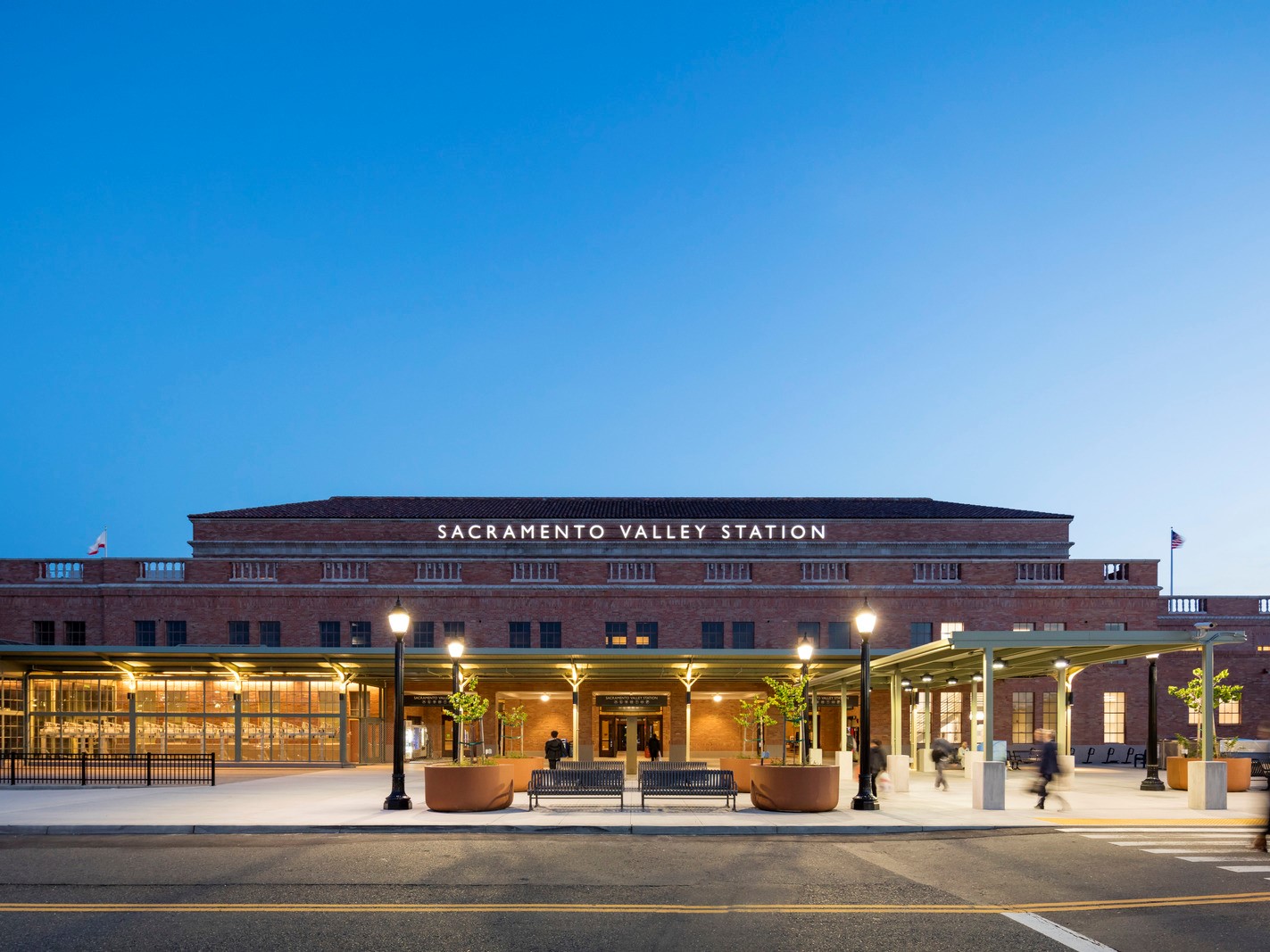
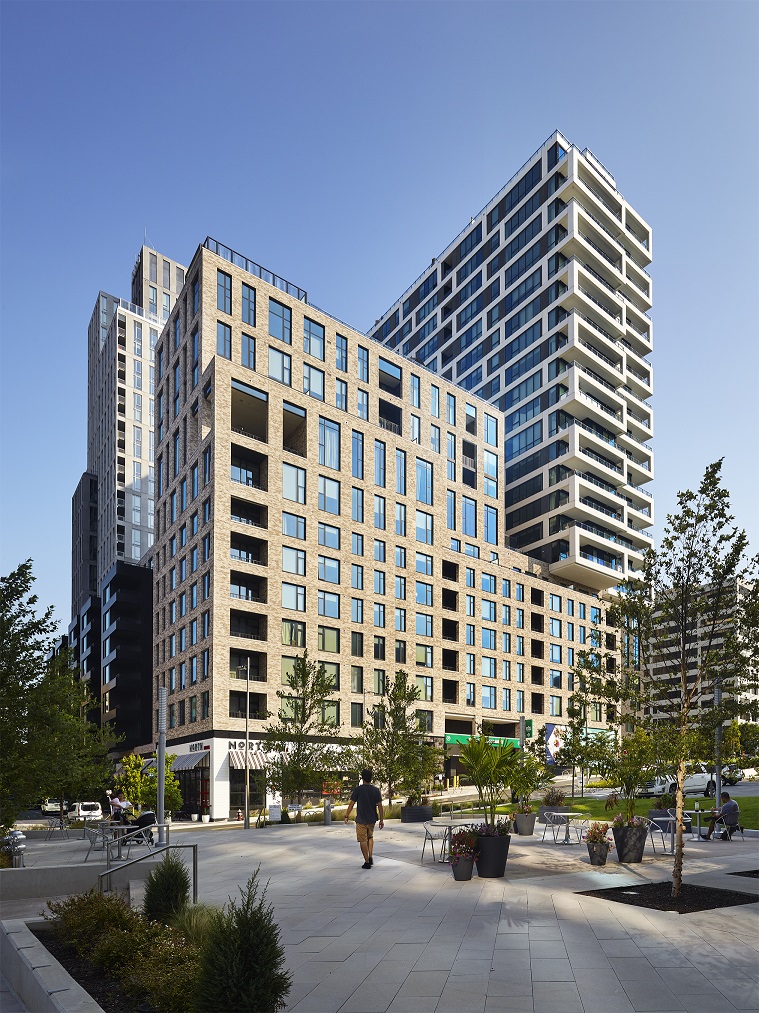
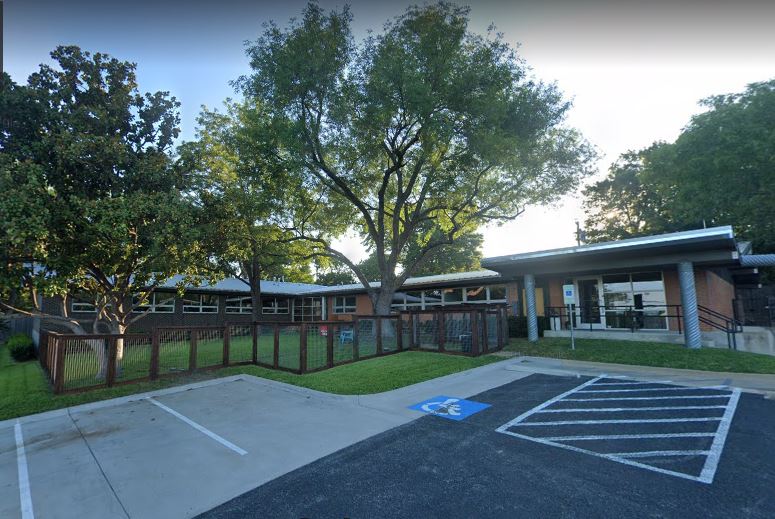
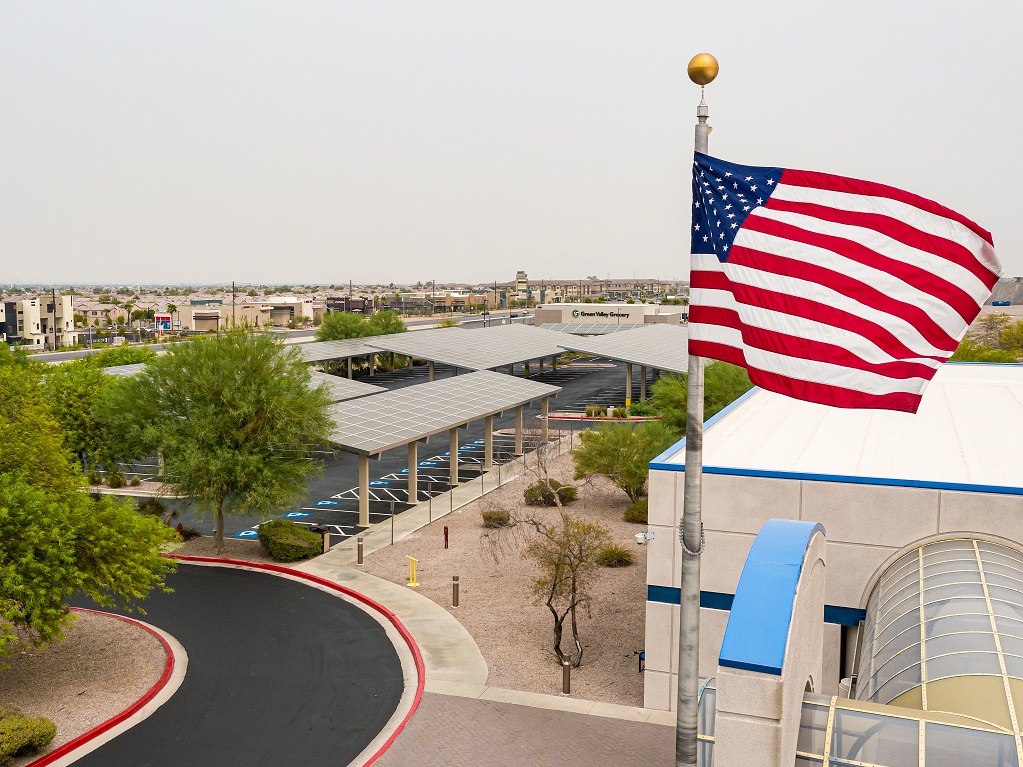






You must be logged in to post a comment.